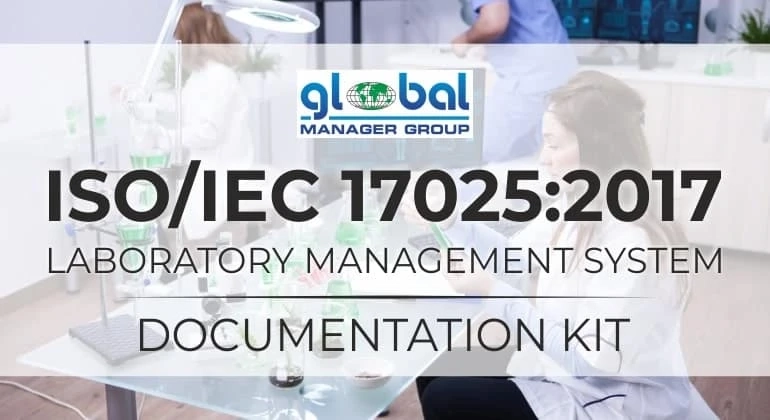In the realm of testing and calibration laboratories, accuracy and reliability are paramount. This is where the ISO 17025 standard emerges as a beacon of excellence, providing a globally recognized framework for establishing and maintaining a robust quality management system (QMS). However, achieving and sustaining compliance requires meticulous attention to detail, particularly in the realm of documentation.
ISO 17025, the international standard for testing and calibration laboratories, sets the bar high for quality management. Central to compliance is the meticulous creation and management of documents. We unravel the essential documents required, ranging from test and calibration methods to equipment calibration records, highlighting their significance in achieving and maintaining ISO 17025 accreditation.
Clarifying the Documentation Requirements:
The documentation requirements of ISO 17025 are not merely a bureaucratic hurdle; they serve as the backbone of a laboratory\'s QMS. These documents outline procedures, processes, and policies that ensure the consistent delivery of accurate and reliable results. Key areas covered by the standard include:
- Quality Manual: This comprehensive document serves as the central hub of the QMS, outlining the laboratory\'s policies, objectives, and overall management structure.
- Procedures: These detailed documents define the specific steps involved in various laboratory activities, such as calibration, testing, and data analysis.
- Records: Meticulous records of calibration certificates, test results, and internal audits are essential for maintaining traceability and demonstrating competence.
- Forms and Templates: Standardized forms and templates ensure consistency and efficiency in data collection, reporting, and communication.
Effective Documentation:
Effective documentation for ISO 17025 compliance goes beyond simply meeting the minimum requirements. Here are some key aspects to consider:
- Clarity and Conciseness: Documents should be written in clear, concise language that is easily understood by all personnel, regardless of their technical expertise.
- Accessibility: Documents should be readily accessible to all authorized personnel, both electronically and in hard copy format.
- Control and Maintenance: A robust document control system ensures that documents are current, accurate, and approved by designated authorities.
- Regular Review and Update: Periodically review and update documentation to reflect changes in the standard, laboratory practices, or technology advancements.
Implementing a robust documentation system based on ISO 17025 requirements offers numerous benefits for laboratories:
- Enhanced Credibility and Reputation: Demonstrates commitment to quality and competence, fostering trust with clients and accreditation bodies.
- Improved Operational Efficiency: Streamlined procedures and standardized processes lead to increased efficiency and reduced errors.
- Reduced Risks and Costs: Minimizes the risk of non-compliance and associated penalties, saving time and resources.
- Continuous Improvement Culture: Regular document review and updates encourage continuous improvement and innovation within the laboratory.
Conclusion:
ISO 17025 documentation is not just a regulatory requirement, but a strategic investment in quality, credibility, and long-term success. By investing in a well-defined and effectively managed documentation system, laboratories can ensure the accuracy and reliability of their results, gaining a competitive edge and building trust with stakeholders in the marketplace.



